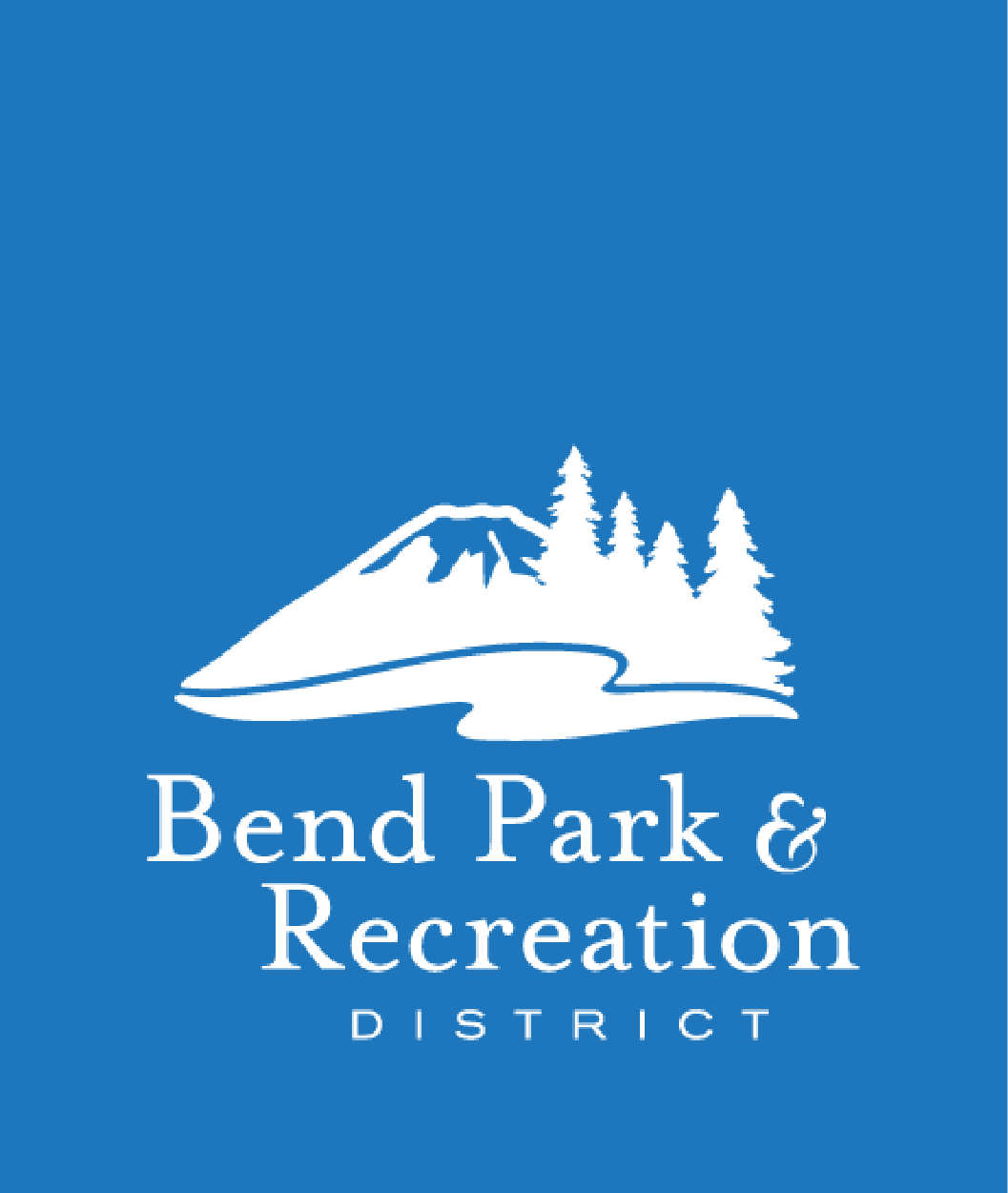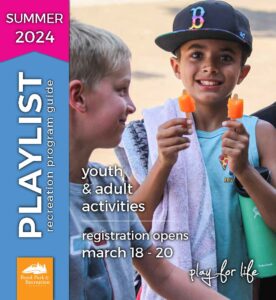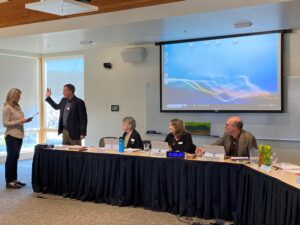Integrated Pest Management Program
The Bend Park and Recreation District Park Services Department cares for more than 3,035 acres of developed and undeveloped parkland in a safe, attractive, healthy and useful condition. This includes 85 parks, 88 miles of trails and several district-owned facilities.
The district recognizes the responsibility to protect and preserve these assets and the public investment to the best of our abilities. Furthermore, it also recognizes responsibilities to its employees, user groups, and the general public and therefore employs the highest professional standards in the performance of duties.
The Integrated Pest Management (IPM) program guides the district philosophy for managing pests and weeds. The IPM requires staff to regularly monitor for the presence of weeds, choose effective and minimally toxic method for control and monitor results. Employees are proficient in maintaining parks and trails with minimal pesticide use, have set aside sensitive areas where pesticide use is restricted, and have improved park design to limit future needs to use pesticides.
Goals of the IPM program are as follows:
- Protect human health and the surrounding environment by employing a range of preventative strategies using the least-toxic products for pest control and eradication.
- Inspect and monitor pest populations to enhance control strategies.
- Minimize the quantity and toxicity of chemicals used for pest management.
- Minimize the impact on the environment by using target specific pesticides when deemed necessary in the landscapes or buildings.
- Establish clear criteria for acceptable circumstances when using a pesticide other than the least toxic method is necessary.
- Provide park users with advanced notice of IPM activities involving the use of a pesticide.
- Be a responsible steward of district resources.





